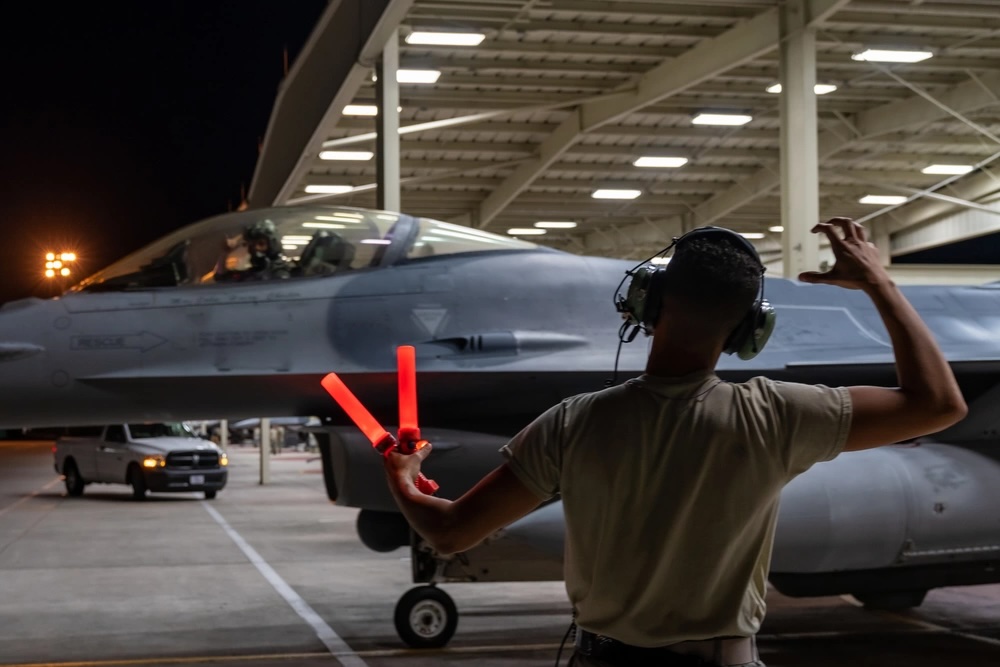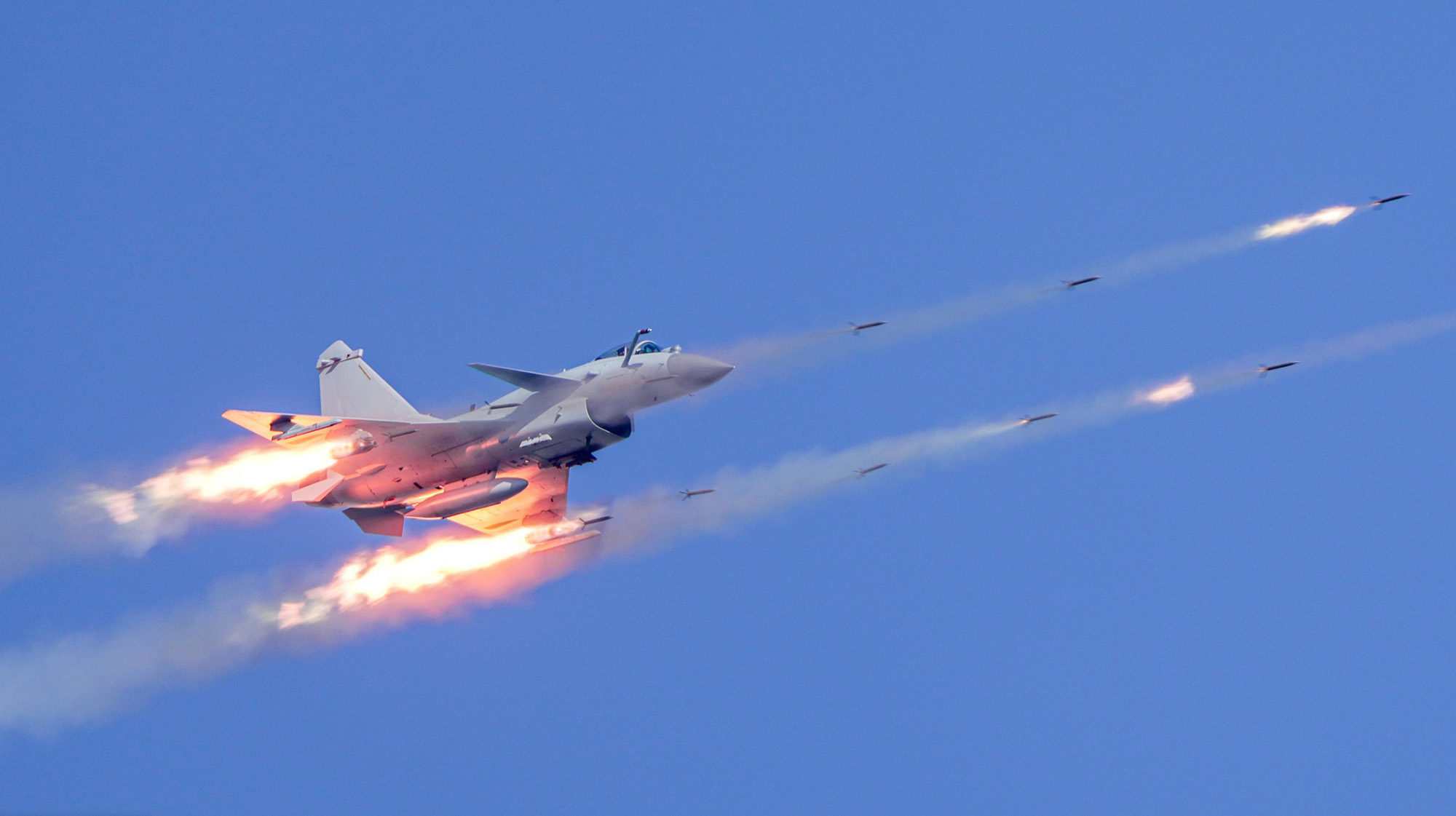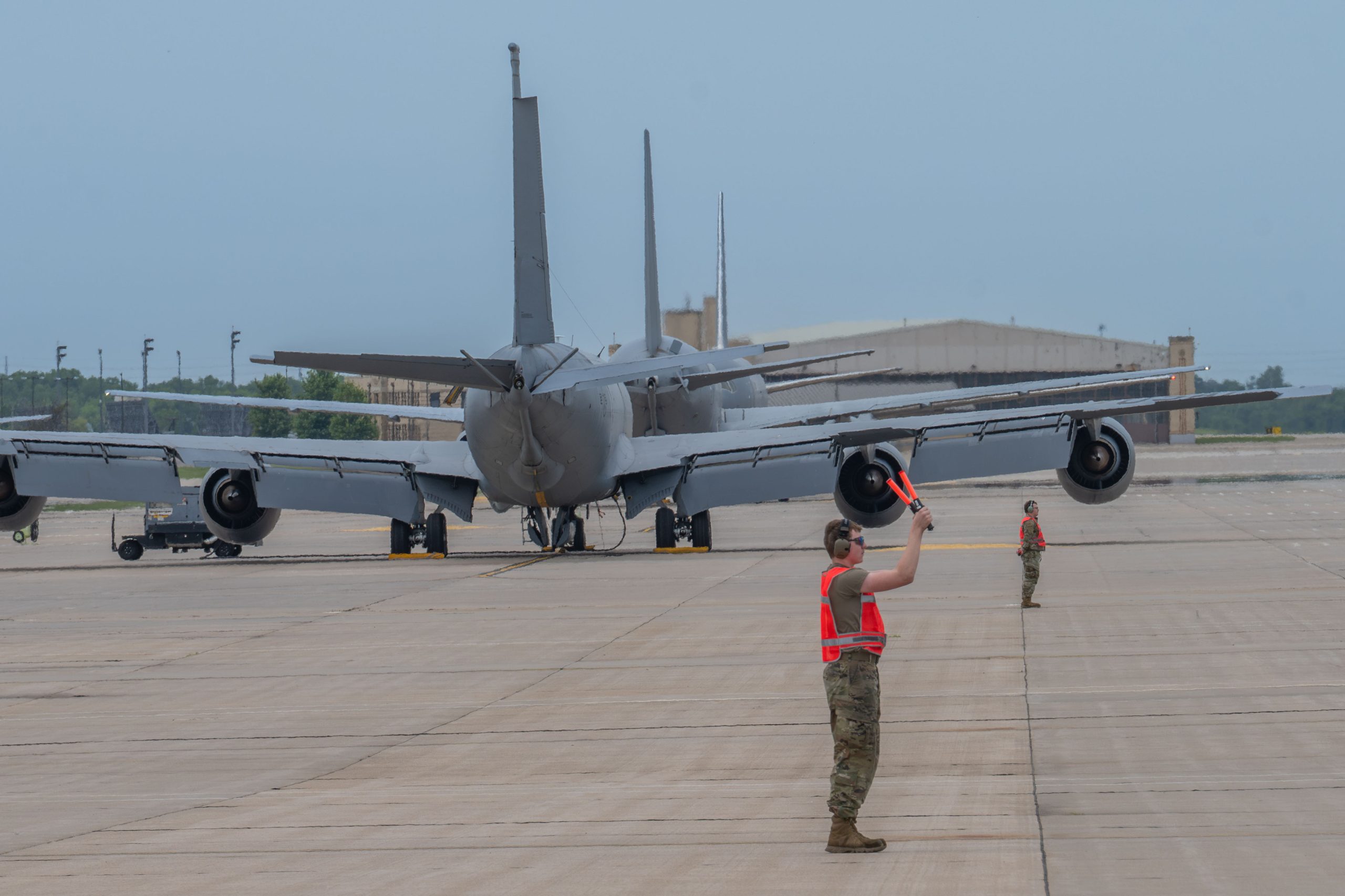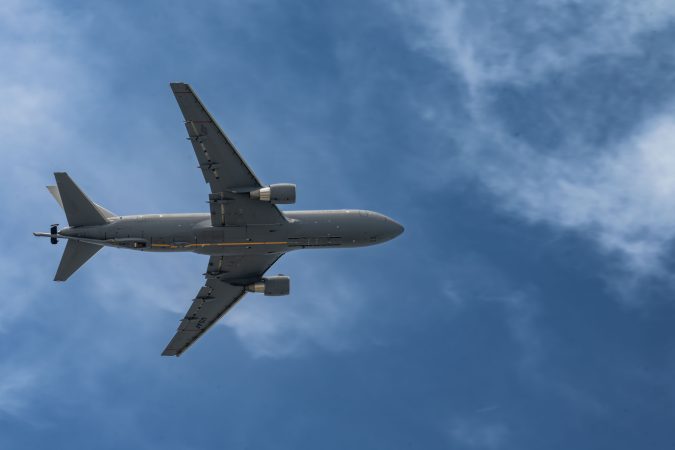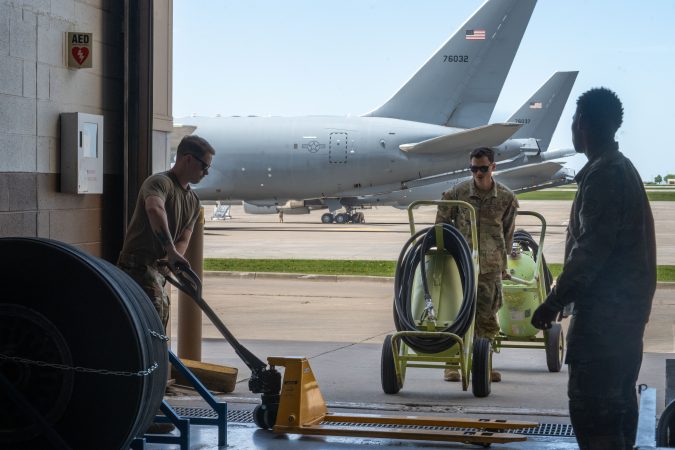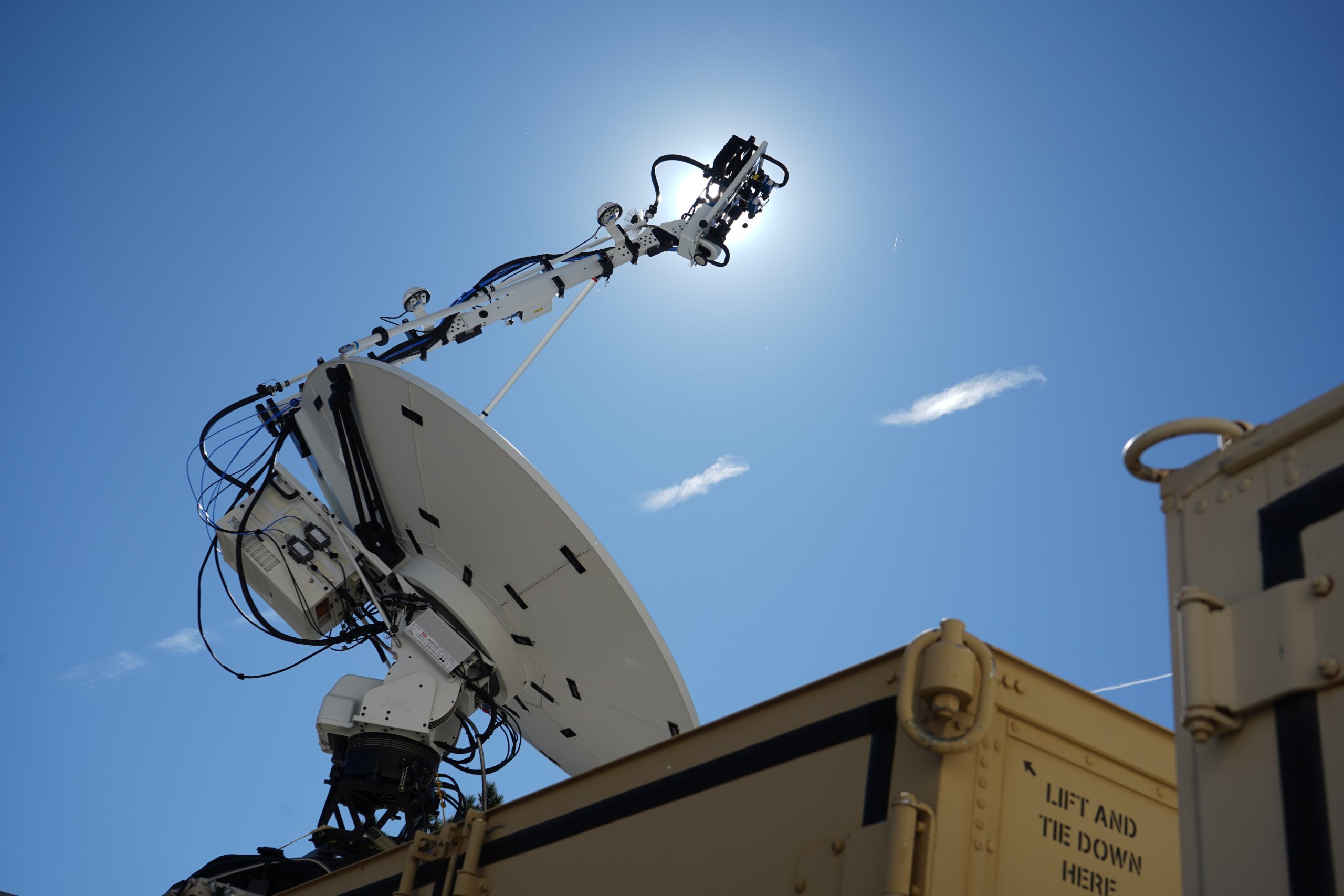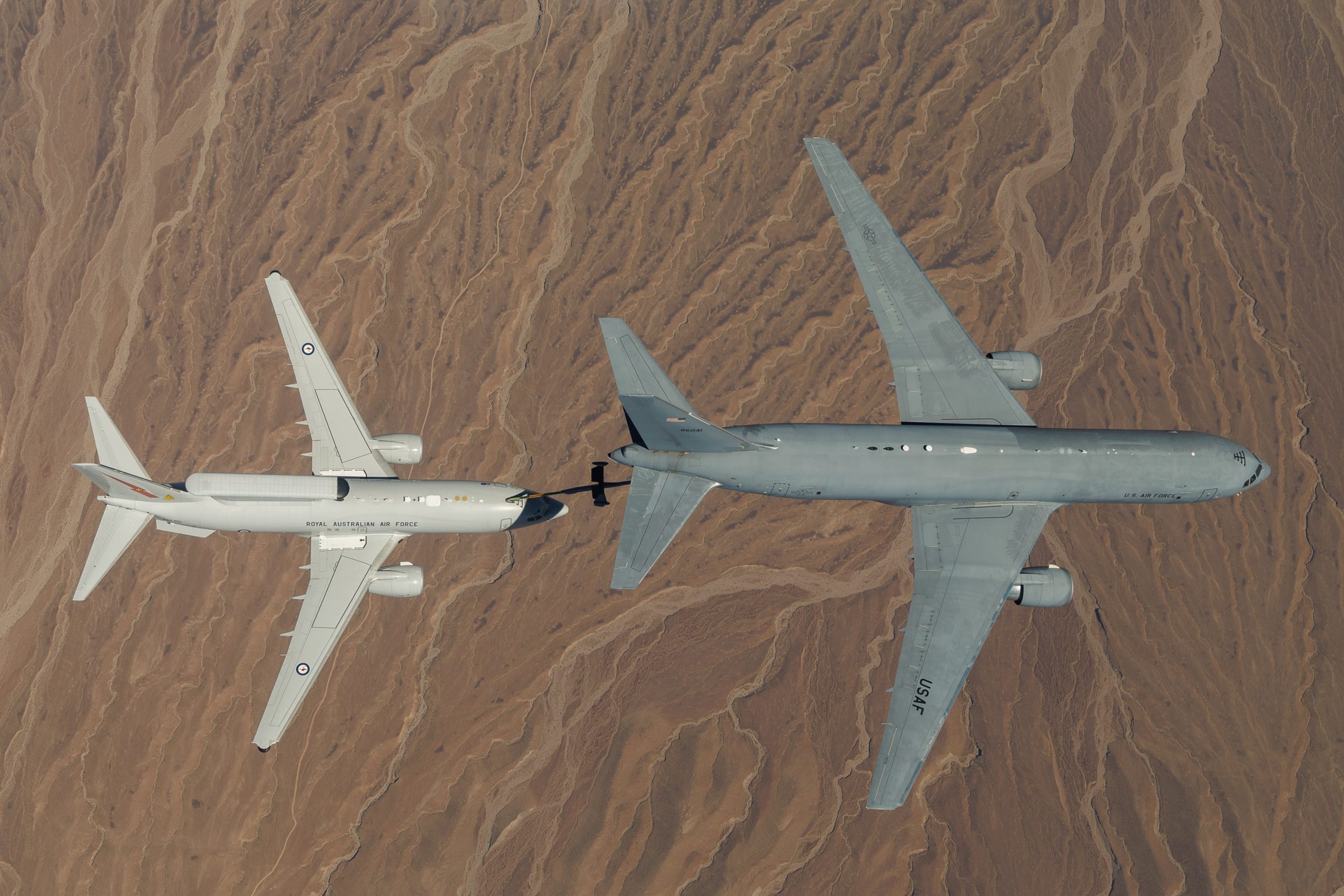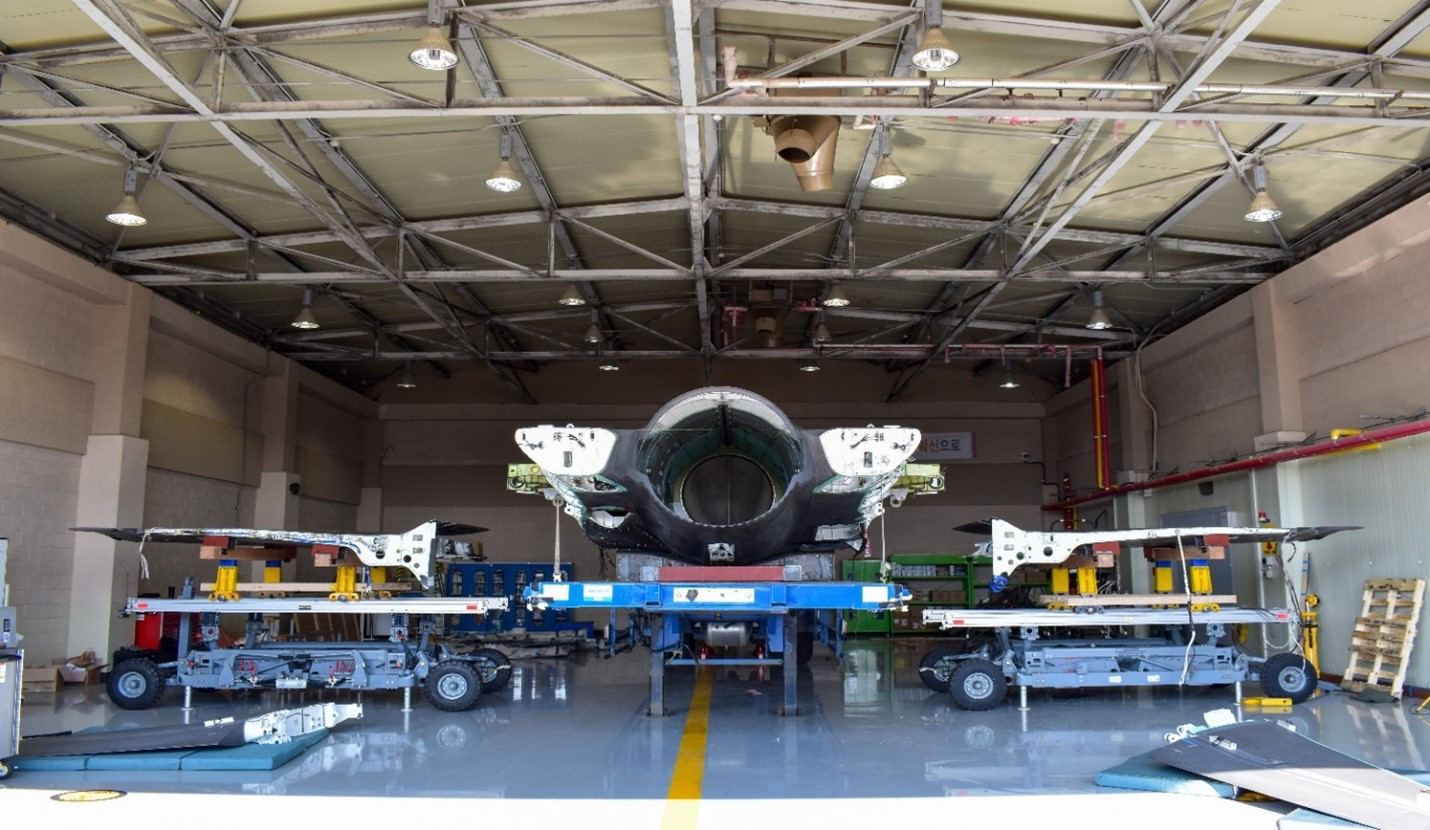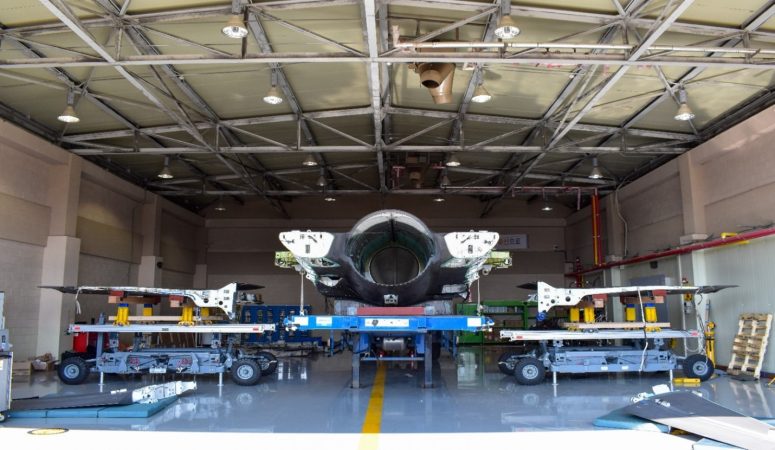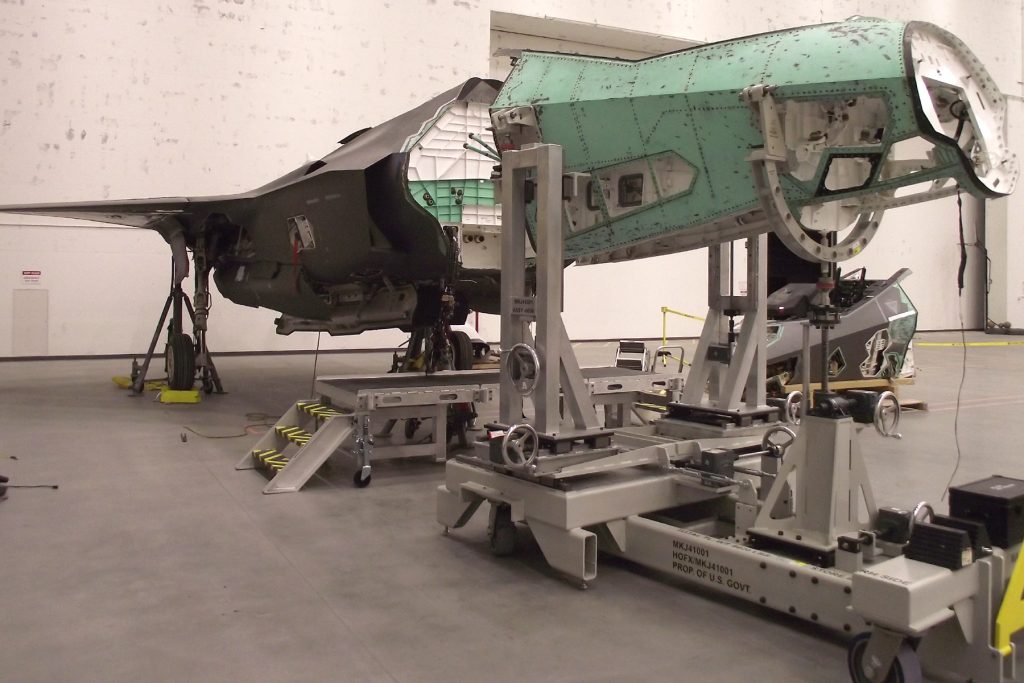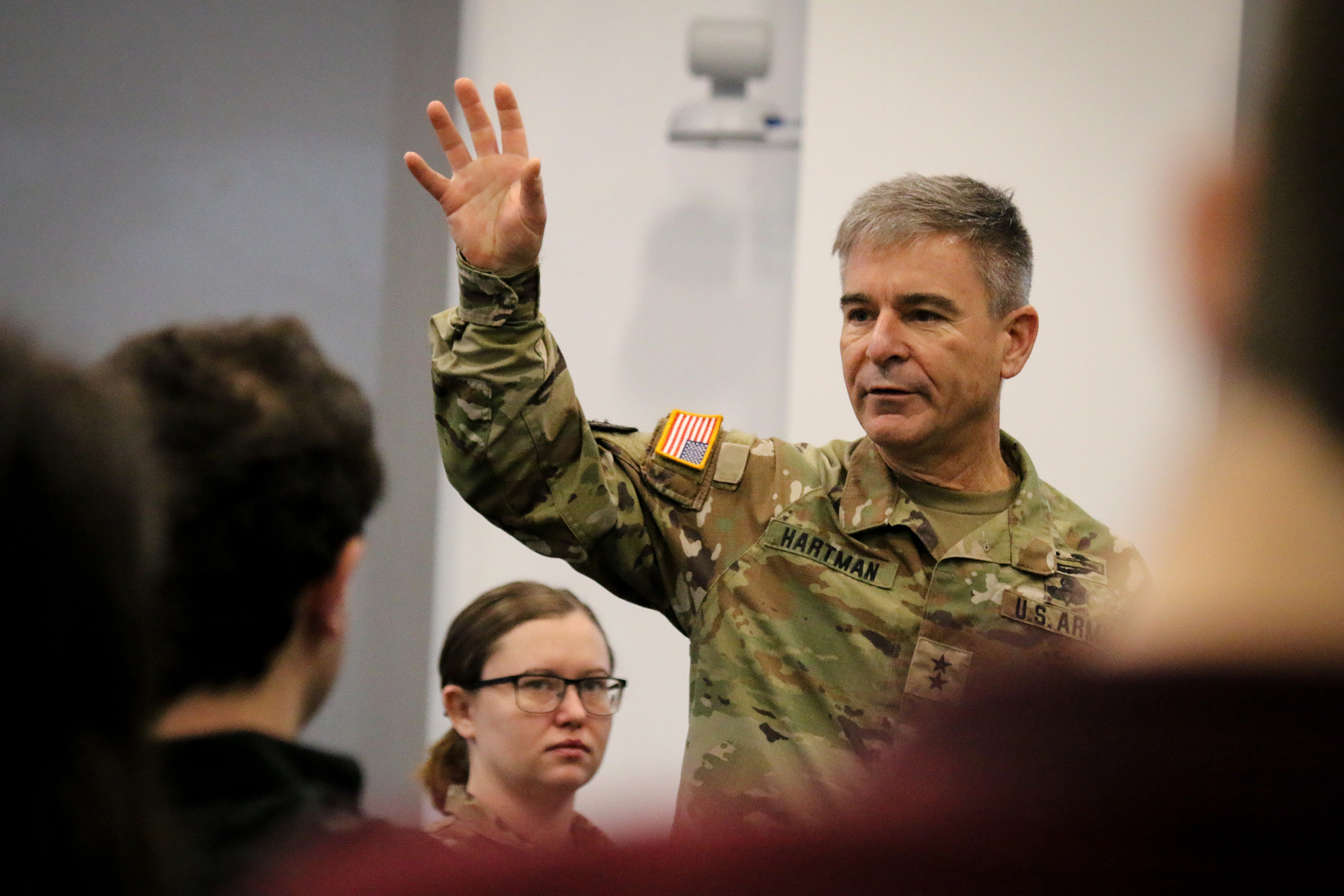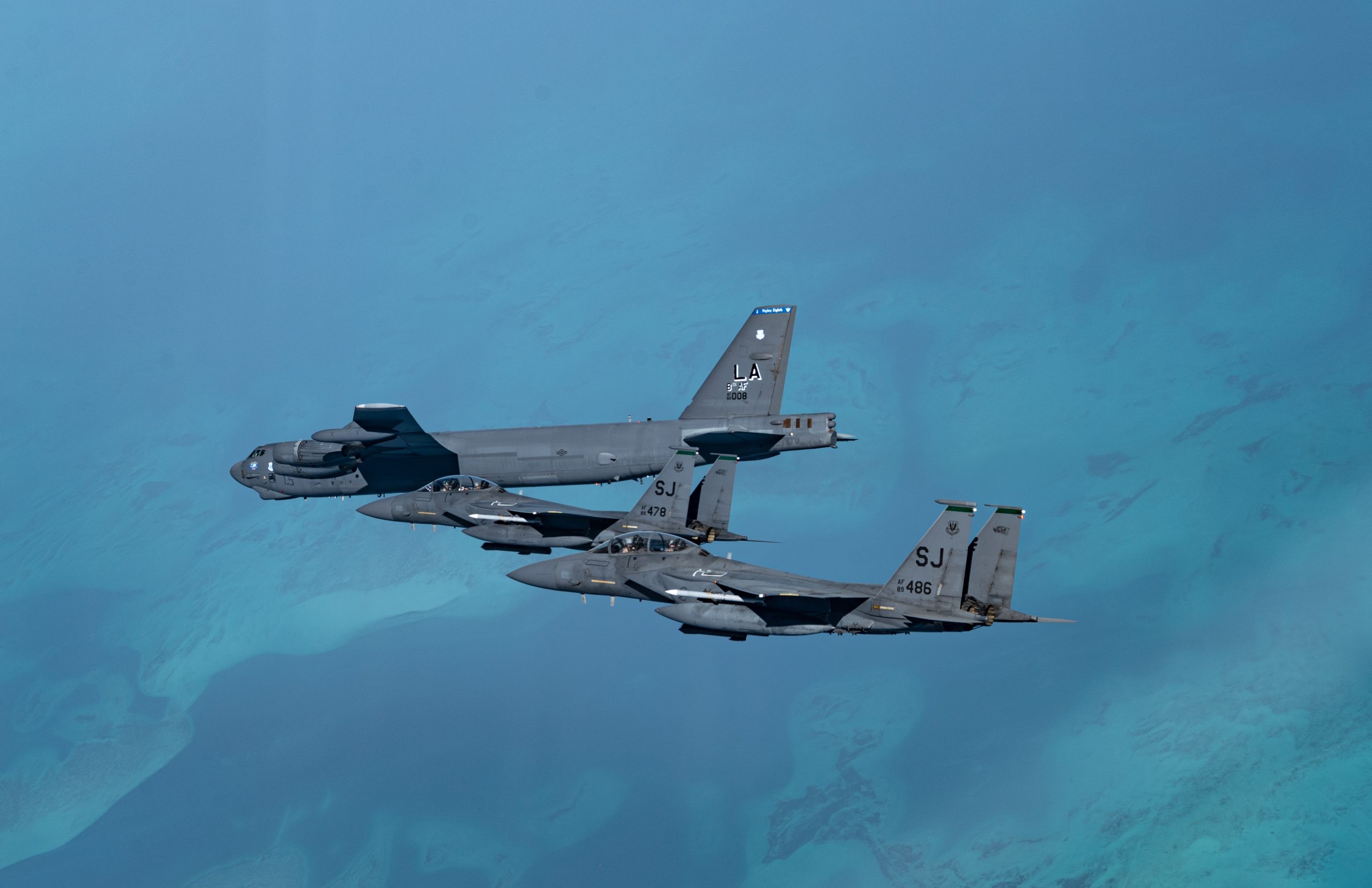The Space Force, which ensures the U.S. military’s ability to operate in space, is facing a terrestrial challenge: a 14 percent cut to its civilian workforce.
Chief of Space Operations Gen. B. Chance Saltzman flagged the problem in a May 20 Congressional appearance.
“The civilian workforce by the end of ’25 was supposed to be almost 1,000 larger than it’s going to end up being,” Saltzman told the Senate Armed Services Committee. “Total reductions have been almost 14 percent of our civilian workforce inside the Space Force.”
The cuts are a result of the Trump administration’s broad push to shrink the number of civilians working for the defense establishment. Secretary of Defense Pete Hegseth issued a directive to trim the Department of Defense’s civilian workforce by five to eight percent by encouraging resignations and imposing a hiring freeze.
But that plan is having a substantial impact on the Space Force, which was established in 2019 and is still in the process of getting its footing. Instead of anticipated growth in its workforce, the Space Force’s personnel have now shrunk significantly.
“We’ve certainly seen people leaving,” Saltzman said. “We were in a period of managed growth, and so there was a deficit when we were trying to get to a larger civilian workforce, and we were asked to stop and then offer some to resign early.”
“We understand the desire to reduce the civilian workforce, [it is] just having a little bit of an outsized impact on the Space Force,” Saltzman added.
A Space Force spokesperson confirmed Saltzman’s figure of an approximately 14 percent reduction in civilian workers and said that the majority of the cuts came from those who opted into the so-called deferred resignation program and will be on paid leave through September of this year.
Civilians make up roughly a third of the Space Force. For fiscal 2024, the branch had around 5,200 civilian personnel and 9,400 Guardians.
“We rely heavily on our civilian workforce,” Saltzman said. “They bring expertise that we don’t have in Active-duty. They bring corporate continuity across all of our processes and procedures.”
Saltzman said the cuts will reduce the number of acquisition professionals in particular. In March, Lt. Gen. Philip A. Garrant, of Space Systems Command, which oversees the Space Force’s purchasing arm, said a “considerable number” of his employees had taken the resignation offer.
But the impact will be felt across the force, the service said.
“Reductions are proportionate to the job specialties and pay grades of the Space Force’s civilian workforce,” the Space Force spokesperson said.
What the Space Force will look like after the cuts is unclear.
“I’m not sure exactly where we’re going to end up [and] what our final size is going to be,” Saltzman said. “As soon as I understand what that size is, then we will redistribute and reallocate the civilian workforce as necessary.”

